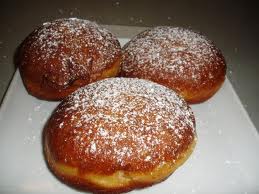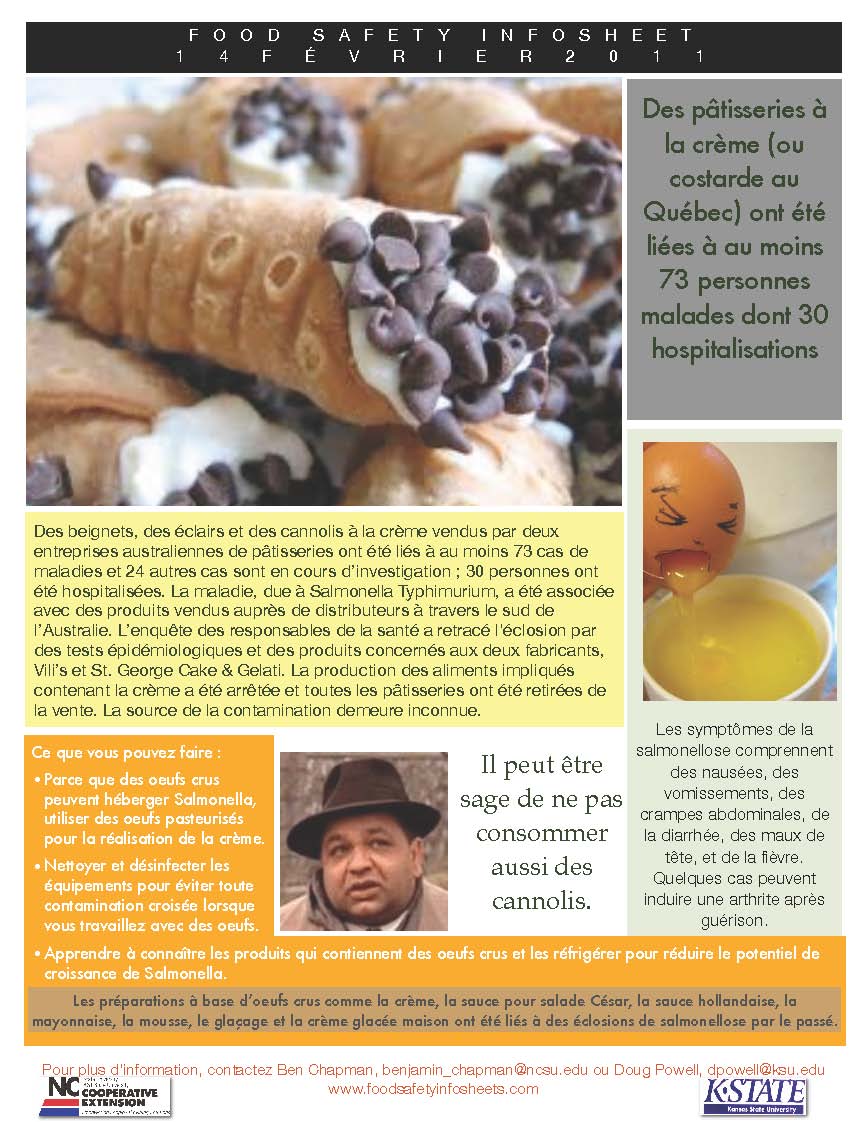Having previously survived a heart attack, she says the food poisoning – which included a week in Wakefield Hospital on an intravenous drip – was "far worse" than her heart scare.
"This is the worst illness I have ever experienced," she said.
"I didn’t know what was wrong with me, it was like my insides were falling out … my body felt like it was exploding."
Mrs Kent said she ate the Berliner bun on January 19 and became ill the next morning  while at Glenelg beach with her husband and two grandchildren.
while at Glenelg beach with her husband and two grandchildren.
She was violently ill for the next four days suffering severe diarrhoea, nausea and severe headaches. When she went to her doctor on the fifth day, she was immediately admitted to Wakefield Hospital and treated for dehydration.
A South Australia Health spokeswoman yesterday said another 10 cases of salmonella poisoning were reported over the past week, bringing the total in the past five weeks to 107. Investigations were continuing to determine if all victims had consumed custard-filled products from either bakery.
The food poisoning outbreak, the largest since the Nippy’s outbreak in 1999 which hit more than 400 people, will soon enter the legal arena with around 30 of the victims engaging lawyers to launch a class action against the two companies.
Tindal Gask Bentley partner Tim White said only the more serious cases were involved in the proposed class action.

.jpeg) with both companies prior to the products returning to the shelves."
with both companies prior to the products returning to the shelves." George Cake & Gelati. La production des aliments impliqués contenant la crème a été arrêtée et toutes les pâtisseries ont été retirées de la vente. La source de la contamination demeure inconnue.
George Cake & Gelati. La production des aliments impliqués contenant la crème a été arrêtée et toutes les pâtisseries ont été retirées de la vente. La source de la contamination demeure inconnue. – Limpie y desinfecte los utensilios entre uso para prevenir la contaminación cruzada.
– Limpie y desinfecte los utensilios entre uso para prevenir la contaminación cruzada..jpeg) they were the common denominator in 60 salmonella cases.
they were the common denominator in 60 salmonella cases..jpeg) and eclairs in Adelaide.
and eclairs in Adelaide..png) rather than expect us to hitch up the stagecoach and find the reading glasses.
rather than expect us to hitch up the stagecoach and find the reading glasses..png) on doors be rolled out across Australia.
on doors be rolled out across Australia..png) breaches — yet Victoria has only three prosecutions on its website, compared to 1821 penalty notices in NSW.
breaches — yet Victoria has only three prosecutions on its website, compared to 1821 penalty notices in NSW.